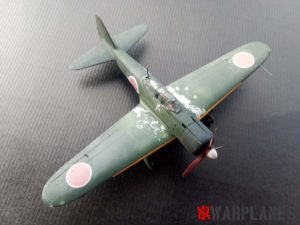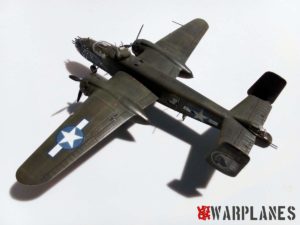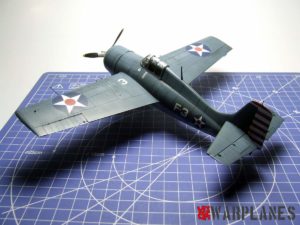CMR 170 Supermarine type 300 1/72
The Spitfire prototype, or to call it correctly, Supermarine Type 300 was an early design made by R.J Mitchell. K5054 was the Air Ministry registration given to the (Vickers) Supermarine Type 300 prototype. Construction of K5054 began in Dec 1934 and her maiden flight was on 5 march 1936 at Eastleigh Aerodrome (later Southampton Airport) piloted by Vickers’ chief test pilot Joseph “Mutt” Summers.Minor modifications and refinements were made to the Type 300 as suggested by flight trials over the following months, and K5054 emerged as the pattern for the production version of the now legendary Supermarine Mk.I Spitfire.

CMR kit comes packed in a soft box with beautifully casted resin parts packed in separate plastic bags, in order to avoid possible damage. Instruction sheet is printed in two pages, well drawn and easy to follow. Separate instructions are provided for photo-etched parts and for color scheme. Panel lines are crisp and clean, and the level of details is just enough. CMR has a nice resin with very small resin blocks left from the casting, and therefore it is not a big work to clean parts and prepare them for assembly. Specific wing for the Spitfire prototype is molded as one part and it looks very well, with nice details of the undercarriage wells. Horizontal stabilizers are optional so you can choose between stabilizers in neutral position or to position them in some degree. CMR also provides a small prepainted photo-etched fret produced by Eduard to be used to replace some parts for the cockpit interior. Nice specific instrument panel for this kit is included in this set as well as pilot’s compass and very nice seatbelts. All these in combinations with CMR resin castings give a beautiful cockpit of this rare bird. The vacuformed canopy is clear and rather well produced, and as usual for CMR two canopies are included, so in case that a modeler make a mistake while cutting one canopy he always has another to replace. Decals are very thin and beautifully printed so you will have no problems working with them.
Color scheme included is for Spitfire’s maiden flight or as close as it should be, since this very airplane had several modifications prior to the final scheme carried throughout 1939 when this airplane had a landing accident when it was finally written off. Scheme provided in this CMR box is by far most interesting and it consists of basic overall natural metal with yellow/green zinc chromate primer to all the metal panels, with the exception of the cowling area which appeared more brightly polished and Aluminum dope on control surfaces. This scheme lasted ’till April 10 1936. After initial flight trials the plane was landed for some modifications which included reducing the size of the rudder horn balance and squaring off the top of the fin. While these modifications were carried out the Spitfire received another color used in Rolls Royce automobile industry. Next color scheme on this airplane lasted since May 11 until August 1 same year, and during this period Airplane wore the same scheme as from last modification with number two added on the fuselage side. During this time it was used for demonstration to the press on Vickers press day on June 18th 1936. Following its public appearances K5054 was engaged in service trials, which ended in August and it was the moment when another modification was made. The Spitfire received eight-gun armament among other modifications and changed color scheme once again, this time in overall high gloss light blue-gray. This scheme lasted from 3rd December 1936 until 22nd March 1937. The landing accident in March 1937 has triggered a final change of colors on this machine. After repairs, it received matt temperate type A camouflage scheme which remained on this bird until the final crash on September 4th 1939.
This is an interesting airplane with most interesting story, and the thing that it was a first of the many to follow makes this bird an absolute must have for all Spitfire fans. CMR kit is very accurate compared to the available drawings, and surely will looks great on the shelf among other Spitfire’s. This kit is highly recommended!
Sample kit provided by Petr Buchar from CMR models
Darko Mladenovic
Special thanks to Neil Robinson for the support of this article with valuable material




















